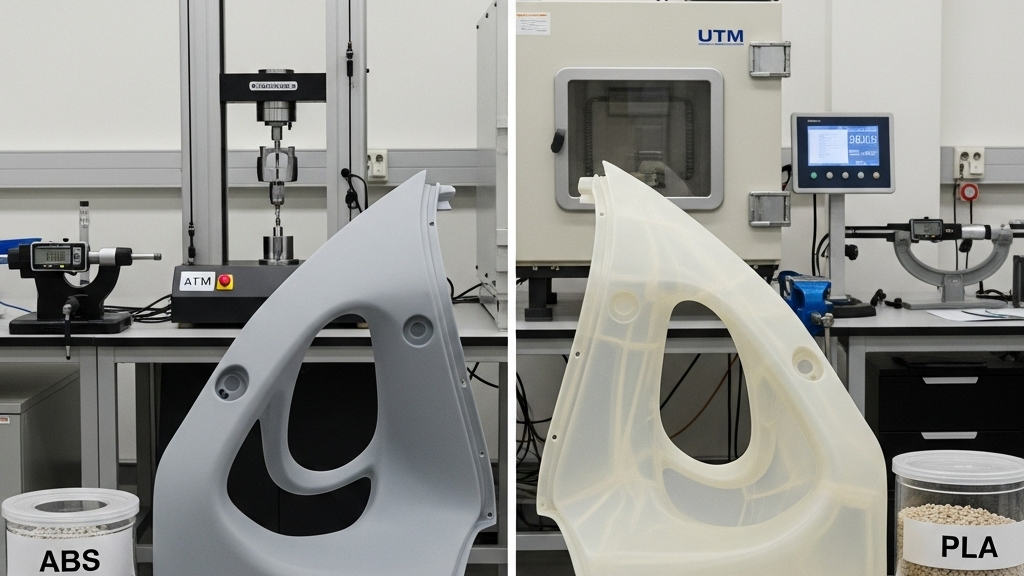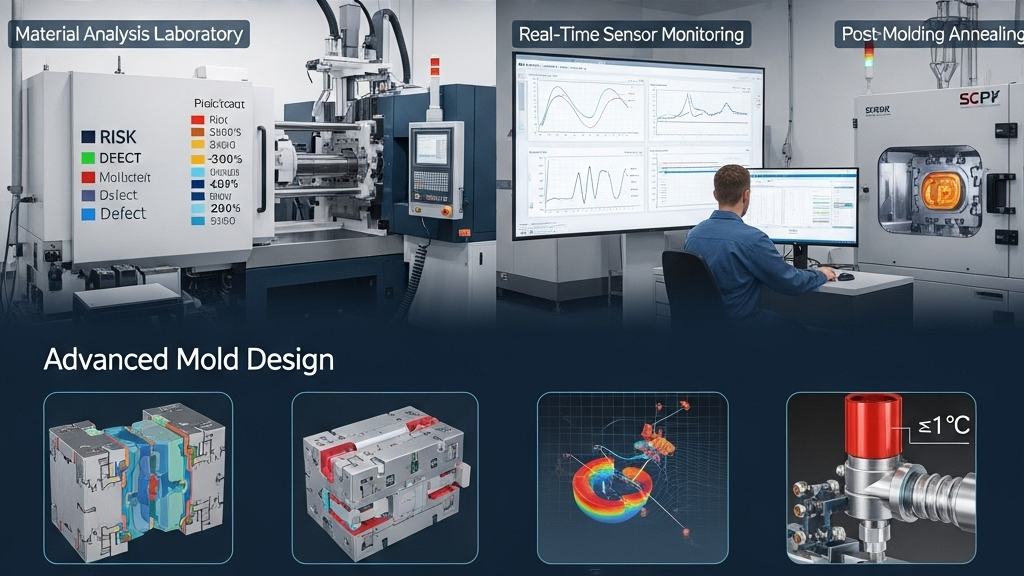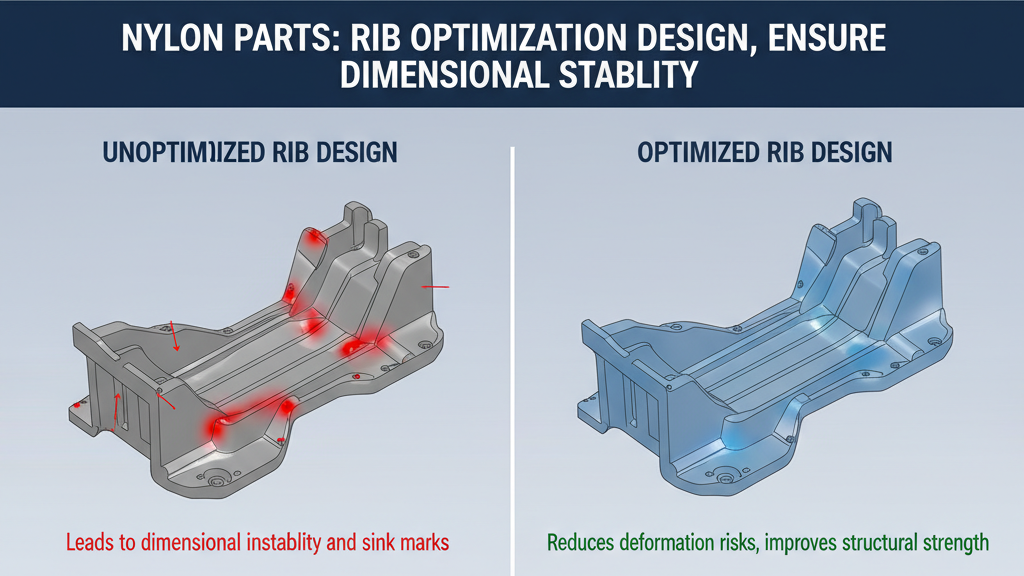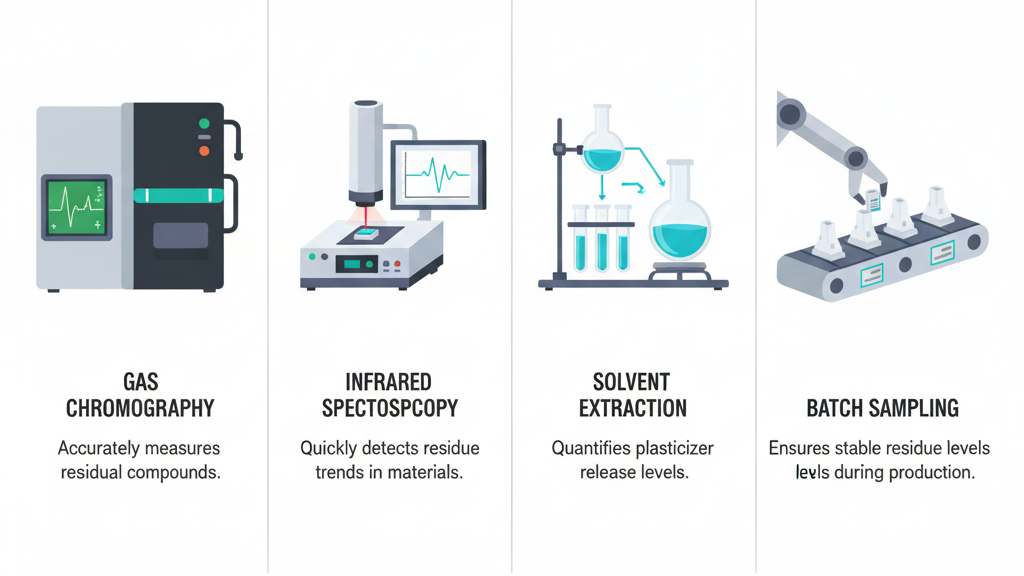Introduction
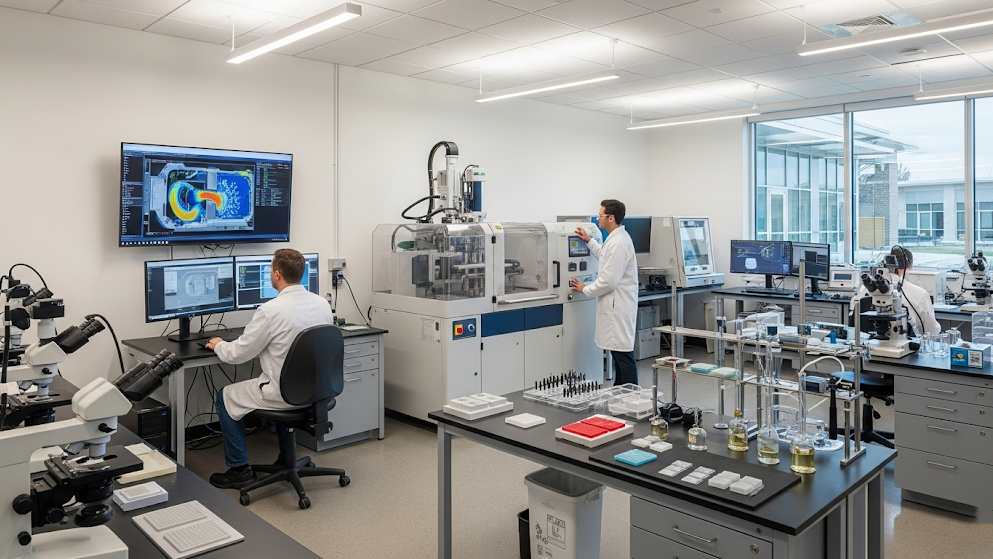
In the manufacturing of complex microfluidic channels, LSR injection molding is the ideal choice due to its fine replication capability and chemical resistance. It not only achieves channel structures at micron-level dimensions but also ensures precise fluid control within the system. This high-precision molding process unlocks new opportunities for biomedical testing, medical devices, and lab-on-chip applications.
At the same time, the synergy between mold design and process control is the foundation for product stability. Proper runner layout, vacuum venting, and demolding strategy directly affect the yield rate. By precisely controlling process parameters, manufacturers can significantly reduce defect rates and improve efficiency.
How to enhance microchannel accuracy in LSR injection molding?
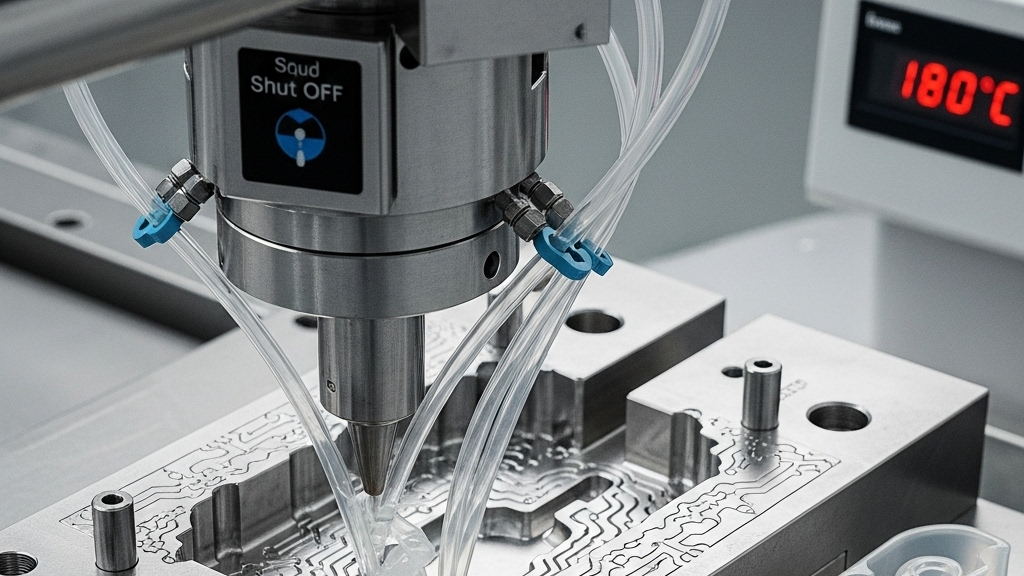
In microfluidic channel molding, channel width and depth are typically at micron scales, and even minor shrinkage or warpage can impact performance. Accurate mold surface finishing and demolding control are crucial for achieving precision.
- Micro mold surface machining: Ensures smooth channel edges and reduces fluid turbulence.
- Vacuum venting: Eliminates gas entrapment and ensures complete channel formation.
- High-precision clamping force: Prevents deformation and improves dimensional stability.
- Automated inspection: Enables micron-level online quality monitoring.
😊 The core of accuracy improvement lies in dual optimization of mold and process.
How to ensure uniform filling of LSR in microchannels?
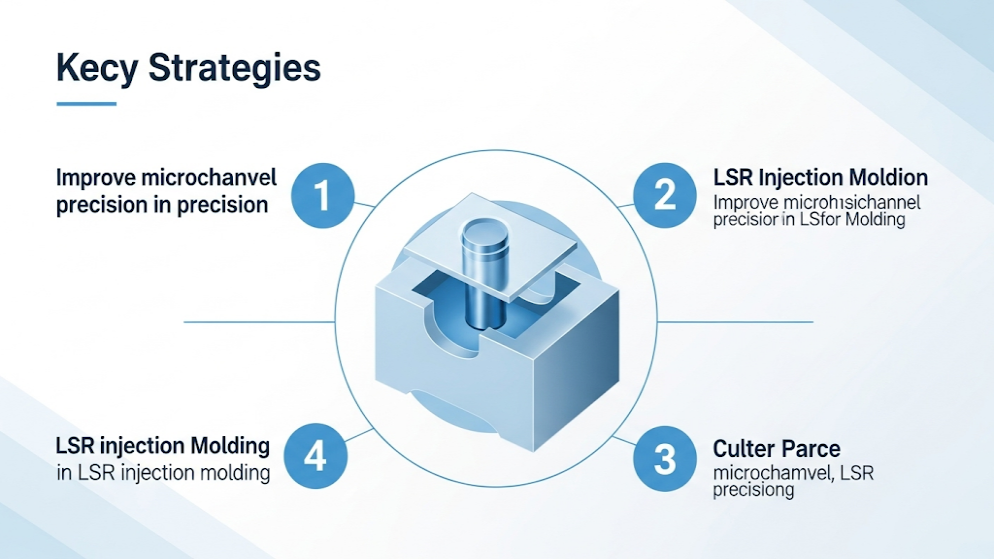
During molding of complex channels, flowability and shear rate directly determine filling results. Balancing injection speed with temperature control is essential for uniform filling.
- Rheological analysis: Predicts flow performance and reduces defect risks.
- Multi-gate design: Improves flow distribution and ensures channel consistency.
- Temperature zoning control: Maintains consistent viscosity across different channel regions.
- Real-time flow monitoring: Tracks filling state and allows immediate adjustments.
🔍 Uniform filling relies on precise coordination of material flow and process control.
How to overcome demolding challenges in microchannel LSR injection molding?
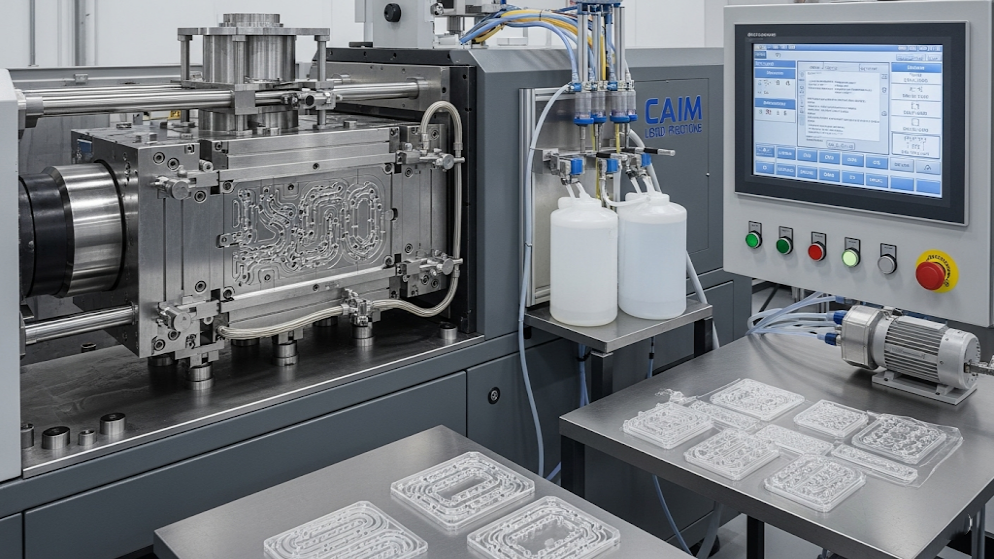
Complex microchannel structures often have high friction and micro-undercuts, making demolding difficult. Proper mold coatings and elastic ejection systems can significantly reduce damage risks.
- Mold surface coating: Lowers friction and ensures smooth release.
- Flexible ejection mechanisms: Protect delicate microstructures.
- Optimized parting design: Prevents stress concentration and reduces channel deformation.
- Cooling rate control: Ensures dimensional stability and avoids shrinkage sticking.
🛠️ Solving demolding issues requires integrated consideration of mold design and material properties.
Comparison Table of Microfluidic LSR Molding Processes
| Process Type | Precision | Filling Uniformity | Demolding Difficulty | Production Efficiency |
|---|---|---|---|---|
| Standard LSR Molding | Medium | Average | High | High |
| Vacuum-Assisted | High | Good | Medium | Medium |
| Multi-Gate Molding | High | Excellent | Medium | Medium |
| Coated Mold Design | High | Good | Low | Medium |
Extended Applications
The application of LSR in complex microfluidic channels extends beyond medical devices to chemical analysis, environmental monitoring, and lab-on-chip technology. Its transparency and chemical resistance make it the core material for future microfluidic products.
1.Biomedical testing chips: Used in POCT and nucleic acid detection.
2.Chemical microreactors: Support fast reactions and precise control.
3.Environmental monitoring chips: Enable rapid pollutant detection.
4.Wearable medical devices: Realize miniaturization and flexibility.
Conclusion
LSR injection molding solutions for complex microfluidic channels are driving precision manufacturing to new levels. Through optimization in mold design, process parameters, and inspection systems, manufacturers can reliably achieve micron-scale structures. This technology not only provides high-performance solutions for healthcare and research but also demonstrates strong commercial potential in emerging industries. Ultimately, LSR injection molding will become an irreplaceable core technology in microfluidics.
For expert assistance in implementing for your production needs, visit our resource center or contact us. Let’s help you scale up your manufacturing with precision and efficiency!

